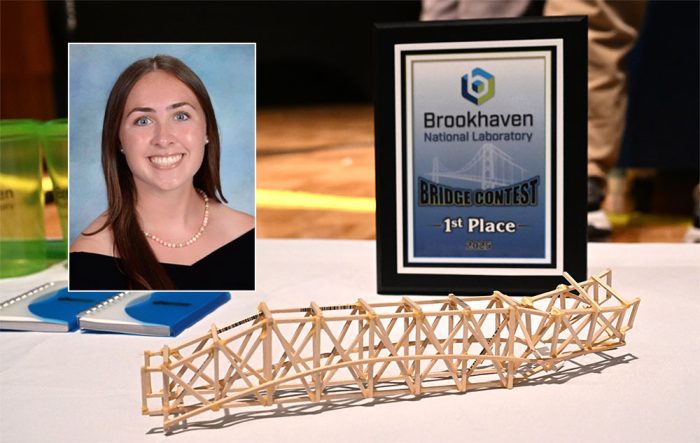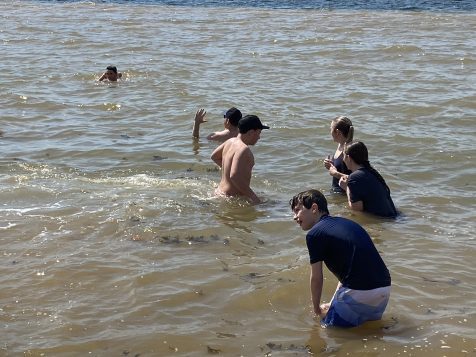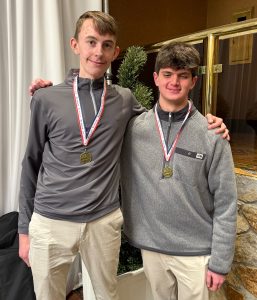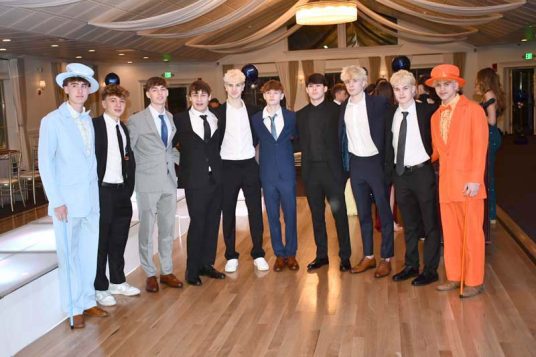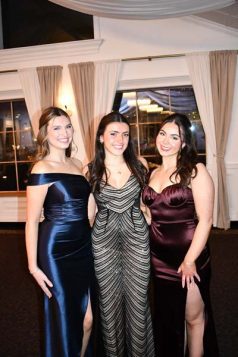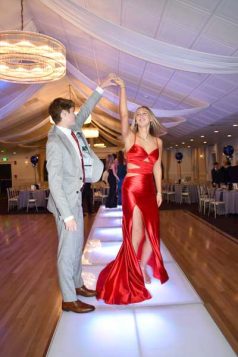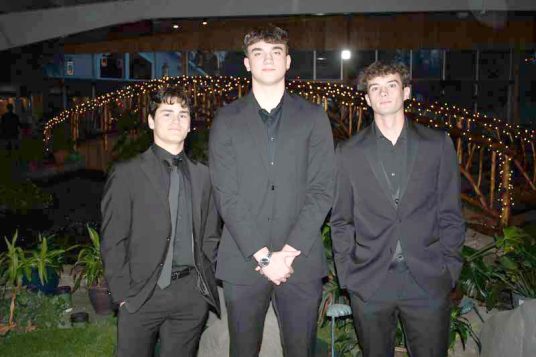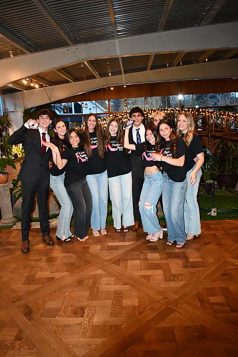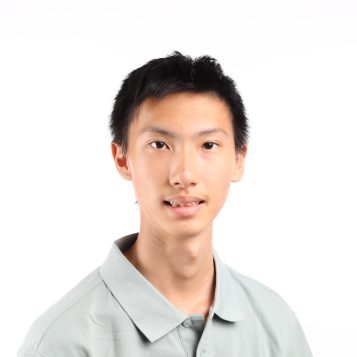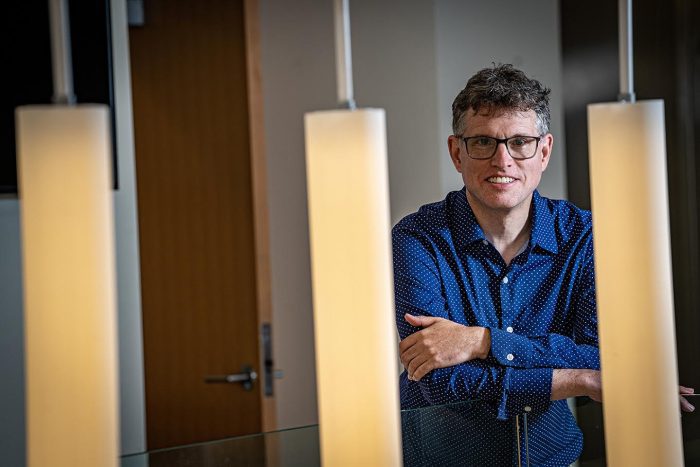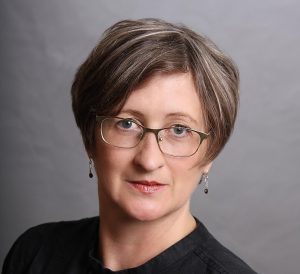And the results are in! Mairead Carroll, a senior from Northport High School, captured first place at the 2025 Bridge Building Competition hosted by the U.S. Department of Energy’s (DOE) Brookhaven National Laboratory in Upton on March 14.
Students from 13 Long Island high schools followed a strict set of specifications to try to construct the most efficient model bridge out of lightweight basswood and glue.
The annual event shows high schoolers what it means to be an engineer in a fun, hands-on way and is one of many activities organized by Brookhaven Lab’s Office of Workforce Development and Science Education to cultivate the next generation of science, technology, engineering, and math professionals.
“Because many students spent the whole day at the Lab as a field trip, they were able to take some time to talk to our engineers and educational staff about their career journeys, making the experience about more than just building,” said Educational Programs Administrator Michele Darienzo. “Plus, we all had so much fun!”
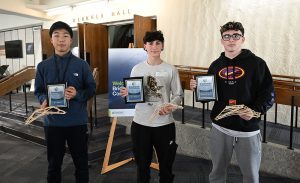
Carroll and second-place winner Vincent D’Angelo, a junior from Commack High School, qualify to bring their designs to the International Bridge Building Contest in Chicago, Illinois on April 26.
“Participating in the Brookhaven National Lab Bridge Competition was an incredible experience, and I’m so thankful for the opportunity to be part of it,” Carroll said.
“It was a great chance to learn and grow as an aspiring civil engineer, and I’ve gained so much from the talented competitors I had the chance to meet. I’m excited to continue this journey and look forward to representing Northport at the International Bridge competition in Chicago,” she added.
Students and judges watched closely as Brookhaven Lab staff and volunteers tested 95 bridges under a crushing machine that slowly added more and more weight from above until the bridges broke or bent more than one inch. Bridges were ranked based on efficiency scores that are calculated from the load the bridge supports divided by the mass of the bridge — all in grams. The structures could not have a mass greater than 25 grams.
D’Angelo, who visited the Lab with classmates on competition day, said he focused on simplicity and keeping his bridge light. His fellow Commack High School students swept the contest’s remaining awards: junior Joshua Kim earned third place with a bridge that used trusses to maximize efficiency, and junior Jordan Gleit won an aesthetic award for bridge design thanks to a structure with lots of cross beams.
While bridge testing was underway, students toured the National Synchrotron Light Source II and Center for Functional Nanomaterials, two DOE Office of Science user facilities at Brookhaven with unique capabilities that draw scientists from all over the world to Long Island. Students met staff scientists and engineers and learned about the paths that led them to careers at BNL.
Competitors further tested their engineering skills during an activity that challenged them to craft five increasingly difficult structures out of Geomag magnetic toys and earned Brookhaven Lab goodies if they were successful. Competition organizers also quizzed students with Brookhaven Lab and science trivia for chances to win more prizes.

